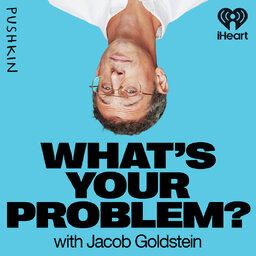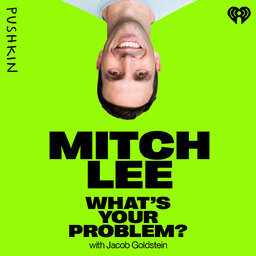Designing a Drone That Delivers
Imagine picking up your phone and ordering something from Walmart. Fifteen minutes later, a drone hovers over your yard, lowers your order down to you, and zips away. Adam Woodworth wants this to be so boring you don't even notice. He’s the CEO of Wing, a drone delivery company. His problem is this: How do you turn a flashy idea like a delivery drone into something as ubiquitous as a shopping cart?
 What's Your Problem?
What's Your Problem?


